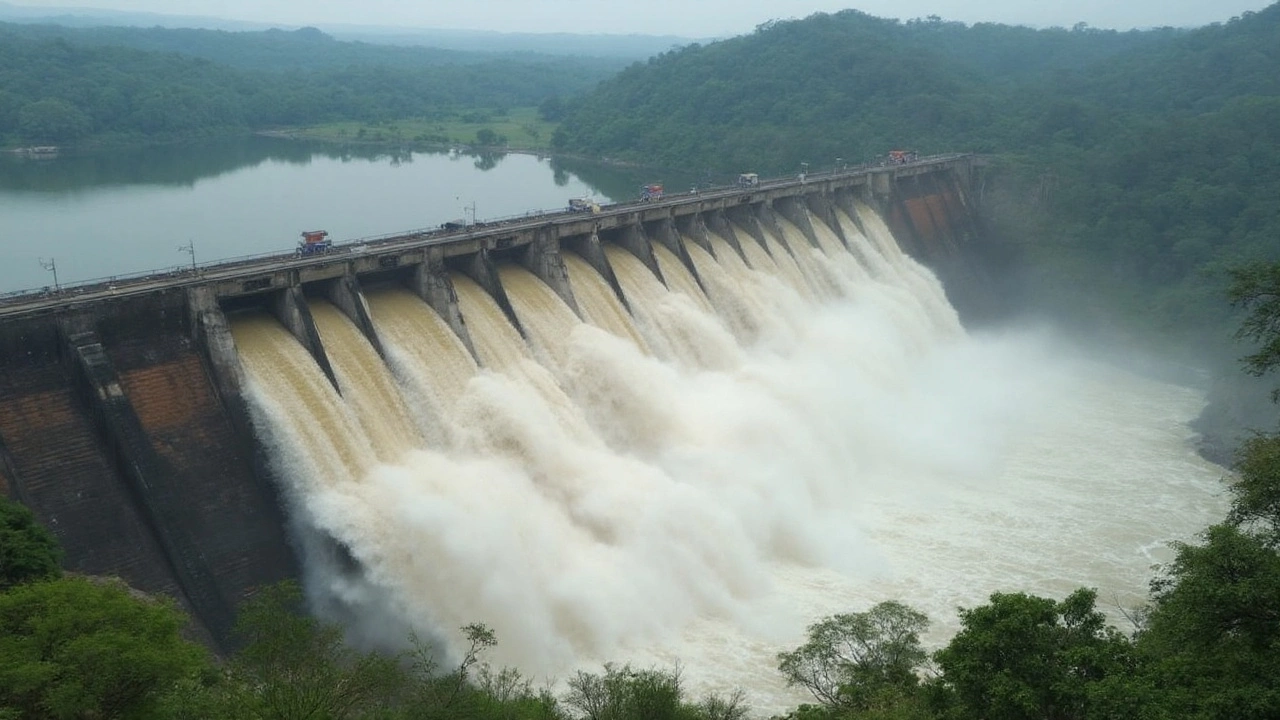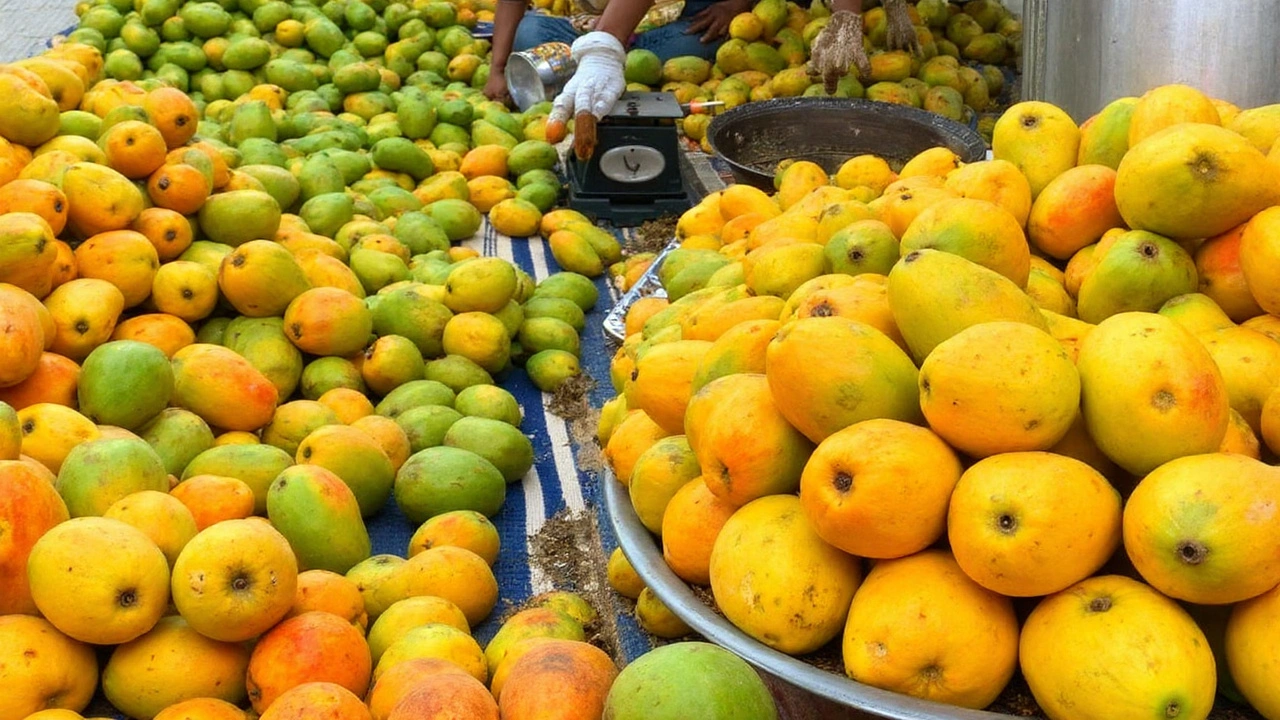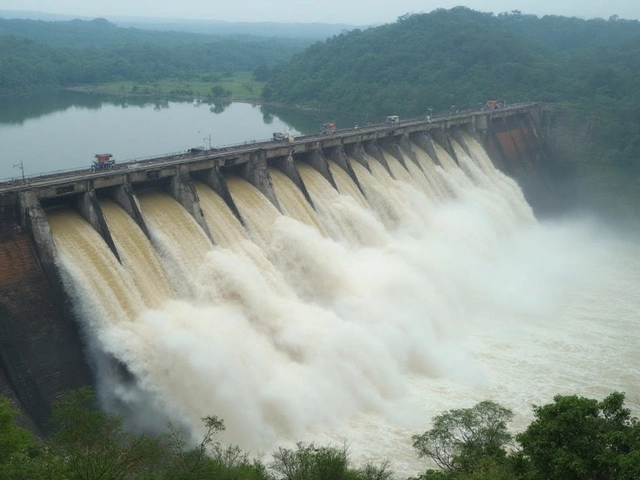Punjab Assembly Unites Against Water Release to Haryana Amid Fierce River Dispute

Punishing Drought, Old Rivalries: Punjab Clamps Down on River Water for Haryana
Water fights between neighbors aren’t new, but the scale of the latest clash between Punjab and Haryana feels like something that could spiral out of control. In a rare show of unity, every political party in Punjab—the Aam Aadmi Party, Congress, Akali Dal, BJP, and BSP—stood shoulder to shoulder in the Vidhan Sabha’s special session. They all strongly backed Chief Minister Bhagwant Mann’s claim that Punjab simply does not have Punjab Haryana water dispute room to give up a single drop.” Mann, usually never shy about showing party pride, stressed this time that the issue of river water was about survival, not politics.
So how did things get so heated? It all started when Haryana asked the Bhakra Beas Management Board (BBMB) for 4,500 extra cusecs of water, bumping up its total demand to 8,500 cusecs just as summer hit and snowmelt from the Himalayas was falling way short. The BBMB, led by Manoj Tripathi, voted to approve Haryana’s request—Delhi and Rajasthan also backed the move. Punjab wasn’t having any of it. Officials argued that Haryana had already drawn more than its share for the year—104%, they said. Reservoirs at the big dams—Bhakra, Pong, and Ranjit Sagar—were dangerously low, putting Punjab’s own people and crops at risk.
Next came the real drama. Rather than obey BBMB orders, the Punjab government put state police at the Nangal dam to make absolutely sure no extra water left the state. This wasn’t some token protest. The Bhakra Board even accused the Punjab Police of “taking over” the dam, a move that sent shockwaves through both state administrations and posed big questions about who actually controls these massive infrastructure projects.

Courtroom Showdowns and Rising Political Stakes
Unsurprisingly, it didn’t take long for the courts to get involved. The Punjab government quickly filed a plea in the High Court, hoping to reverse an earlier order that permitted the water release to Haryana. But the Punjab and Haryana High Court stuck to its guns on May 26, ruling that the earlier decision was made to prevent “irreparable damage to millions of residents” in Haryana, Rajasthan, and Delhi—especially given the emergency situation of water scarcity right now.
Haryana’s Chief Minister, Nayab Singh Saini, didn’t mince words. He called the Punjab Police’s blockade at Nangal dam “illegal” and said Haryana would now ask the Supreme Court to make sure it got its share. Back in the Punjab Assembly, Chief Minister Bhagwant Mann doubled down, declaring that protecting Punjab’s water was a matter above party lines and that every party had joined forces to support the state’s interests.
This isn’t just a modern crisis. The roots go deep—right back to 1966, when Haryana was carved out of Punjab and water-sharing deals were put on paper but not truly settled. Today, the dam levels are at record lows, farmers on both sides are anxious, and leaders keep trading barbs and legal briefs.
For now, every day the issue drags on makes things bleaker for both states’ farmers and cities, all while the courts, the central government, and the Bhakra Board watch from the sidelines, hoping for a solution that might finally stick.
